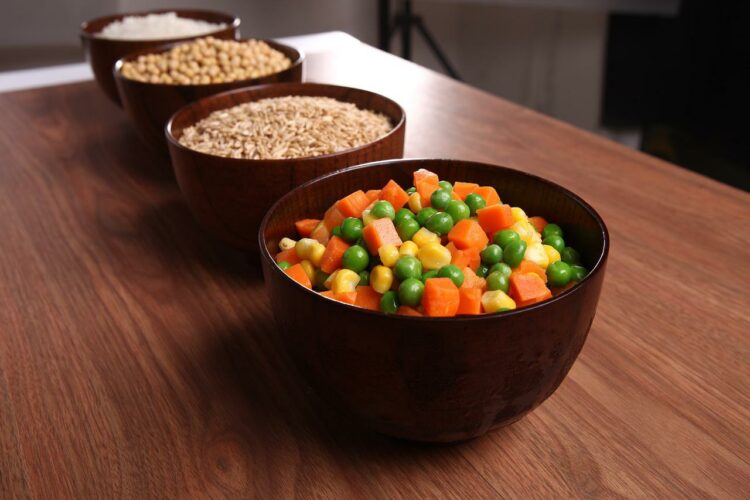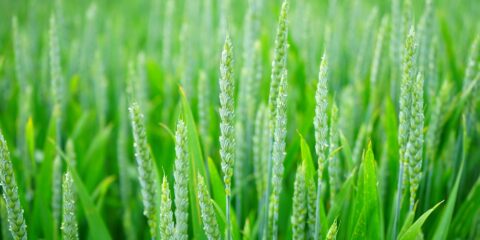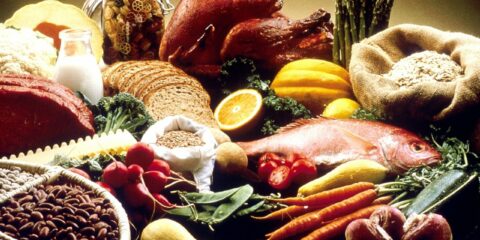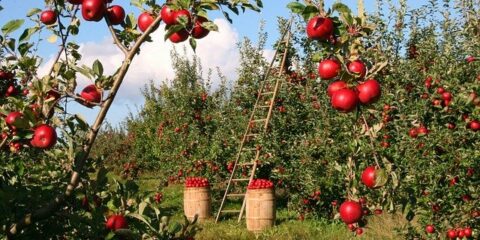There are 56 ethnic groups in China, with a great diversity of cultural traditions and a rich and varied food culture. Here is a list of representative dishes from each ethnic group.
1、Mongolian roast sheep
Mongolian herdsmen regard sheep as a guarantee of life and a source of wealth. The Mongolian people are mainly found in Inner Mongolia, Xinjiang, and the neighboring provinces of the People’s Republic of China and the Russian Federation, and in Xinjiang, Qinghai, Gansu, Liaoning, Jilin, and Heilongjiang.
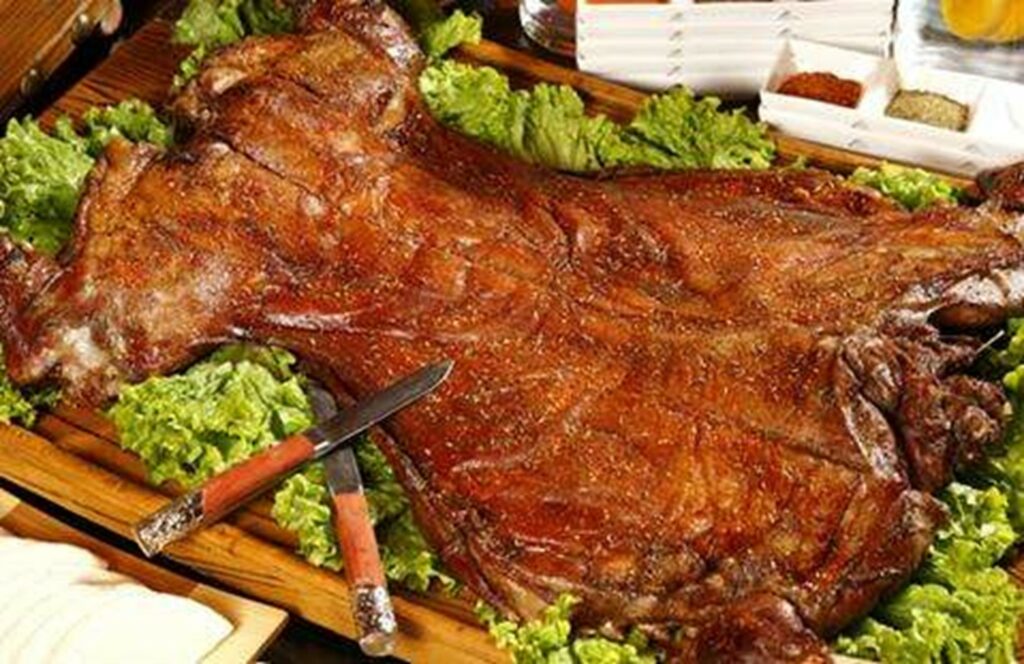
Food made from milk is called “white food”, while food made from meat is called “Ulan Yid” in Mongolian, meaning “red food”.
2. Pasta of the Hui
In the thirteenth century, a large number of Muslims migrated from Central Asia to China and fused with the local Han, Uighur, and Mongolian peoples, gradually forming the Hui ethnic group through intermarriage and other factors.

Typical Hui foods include halal cakes, lamb tendon dishes, golden phoenix chicken, wing dumplings and mung bean skin.
3、Sour fish soup of the Miao people
In ancient Chinese texts, the ancestors of the Miao people can be traced back to the Chi You tribe, which was active in the Central Plains during the primitive society era.

The Miao people generally enjoy sour dishes and sour soups. The main dishes are blood dunking soup, chili bones, turtle and phoenix soup from the Miao countryside, mian vegetable poi, worm tea, wanhua tea, knife fish, fish in sour soup, etc.
4、Dai’s dried beef
As far back as the 1st century AD, there were already records of the Dai people in Chinese historical texts.

The Dai people use rice and glutinous rice as their main food. Representative foods include dog meat soup pots, dried beef, pickled eggs, and dried eels.
5、Lisu duck stew with lacquer oil
The Lisu first lived around the Jinsha River valley on the border of Sichuan and Yunnan, and gradually moved to settle in the Nujiang region of western Yunnan.

Representative foods: pearl congee with pig’s trotters, duck stewed in lacquer oil, piglets cooked in water, etc.
6、Tibetan shortening tea
The Tibetan people are one of the oldest ethnic groups in China. The Tibetan people call themselves “Bo” and those who live here call themselves “Bopa”.
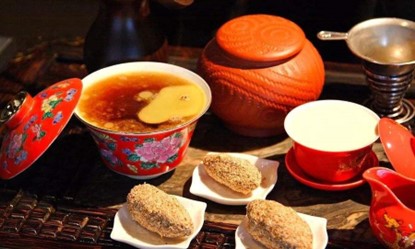
The representative food of the Tibetan people: tsampa, barley wine, ghee tea, and Kamma rice, etc.
7. Zhuang’s Ningming Zhuang Dumplings
The Zhuang are one of the most populous ethnic groups in China and are indigenous people in the south of the country. There are more than 20 kinds of self-names such as “Bu Zhuang”, “Bu Tu”, “Bu Nong” and “Bu Ya Yi”. After the founding of New China, they were collectively known as the “Tong” and later changed to the “Zhuang”.
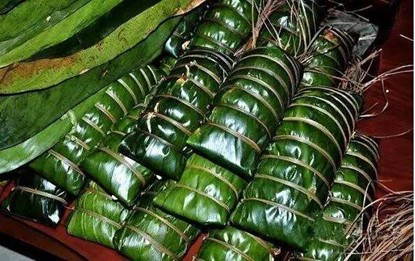
The typical food of the Zhuang people includes Ningming Zhuang dumplings, horse foot poles, raw fish, roast suckling pig, glutinous rice with flowers, Zhaoyuan Chai-du, etc.
8、Kimchi of Korean origin
The Korean people are mainly found in Jilin, Heilongjiang, and Liaoning provinces. The Yanbian Korean Autonomous Prefecture is the main settlement area.

The ancestors of the Korean people were Koreans who moved into northeast China from the Korean peninsula. Pickled vegetables are an indispensable daily dish. The representative foods of the Korean people include cold noodles, beaten cakes, Korean kimchi, divine ovens, tonic ovens (also known as tonic soup and dog hotpot), and so on.
9. Rice wine of the Kao Shan ethnic group
The Kao Shan people are a collective name for the ethnic minorities in Taiwan province, including more than ten ethnic groups.

The representative foods of the Alpine ethnic group include corn wine, rice wine, and potato wine.
10、Ham Poi of the Naxi
The Naxi people live mainly in Lijiang Naxi Autonomous County in Yunnan.
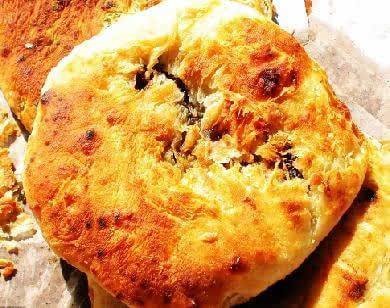
The main representative foods are Lijiang ham poi, Li Chun copper hot pot, hemp tonic, snow lotus platter, and so on.
11、Bamboo tea of the Brown ethnic group
The Brown people are mainly found in the western and southwestern parts of Yunnan along the border.
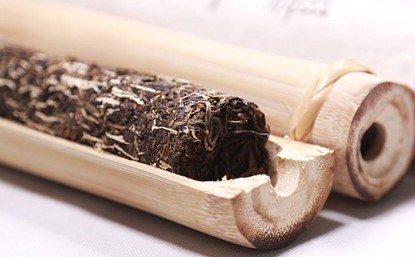
Tea drinking is another hobby of the Brown people and they are good at making tea. Bamboo tea and sour tea are unique to the Brown people. Sour tea is often used as a gift for friends and relatives.
12. Spicy and sour fish of the Achang people
The majority of the Achang people live in Yunnan and are one of the earliest inhabited ethnic groups in Yunnan, China.
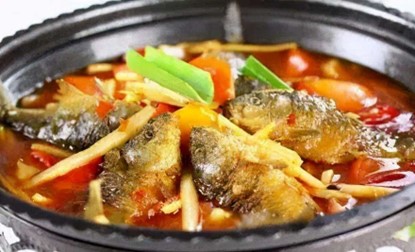
The Achang’s spicy and sour fish is the representative food of the region.
13、Nu Biwa Meat
The ancient inhabitants of the Nu ethnic group are mainly found on the banks of the Nu and Lancang rivers.
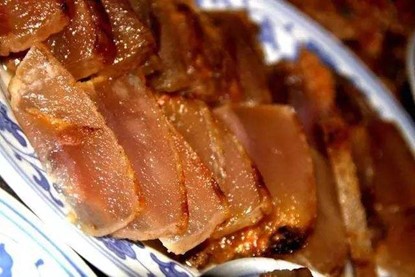
Representative foods include roasted goat’s belly, lacquer oil tea, gourd wine, pipa meat, lacquer oil stewed chicken, and so on.
14、Ewenki yogurt of the Ewenki people
The Ewenke people are mainly found in Heilongjiang Province and Inner Mongolia Autonomous Region in Northeast China.
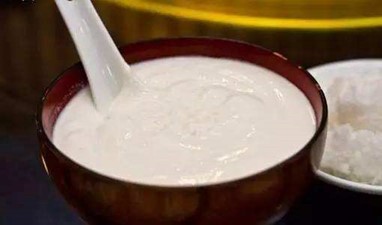
The representative food is dairy products, including thin cream, butter, milk dregs, dried milk, and milk skin.
15、Oroqen roast meat of the Oroqen people
The meaning of Oroqen has two interpretations, one is “people who live in the mountains” and the other is “people who use reindeer”.
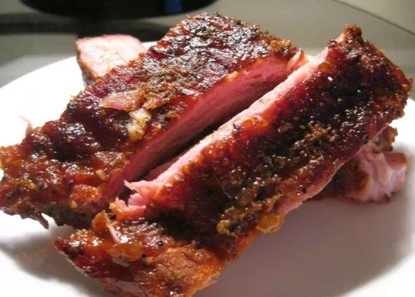
The representative food is mainly meat: hand-held meat, roasted meat, roasted meat, dried meat, dried meat, dried meat strips, blood purification, birch juice, etc.
16、Kill fish of the Hezhen people
The Hezhen people are mainly found in the Heilongjiang, Songhua, and Ussuri river basins.
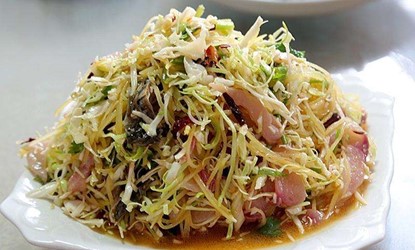
The main food of the Hecher people includes fish, animal meat, wild vegetables, wild fruits, edible mushrooms, etc., with fish being the main meat.
17、The buckwheat cakes of the Menba
The Mumbai people live mainly in the counties of Tibet, such as Murdoch, Linzhi, and Shauna.
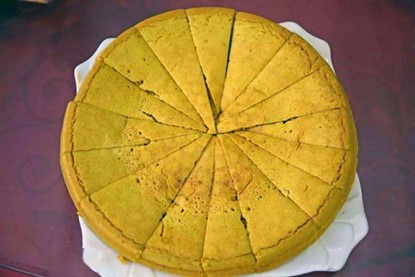
Their main food among them is buckwheat, the method is to use a round thin stone plate, placed on a triangular shelf in the fire, to wild honey instead of oil, spread on the paste of buckwheat flour branded into a cake, and then smeared with milk dregs, chili, brine, and other seasonings.
18、The Bai’s steamed pork head with willow
The Bai people live mainly in the Dali Bai Autonomous Prefecture of Yunnan Province, with the rest of the population spread throughout Yunnan, the Bijie region of Guizhou Province, and the Liangshan Prefecture of Sichuan.
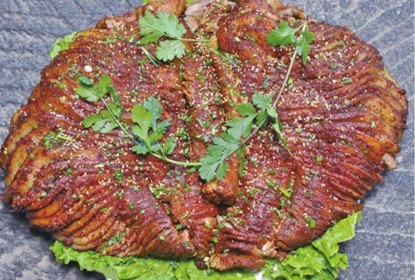
This is one of the most famous Bai traditional dishes and is made by steaming the pig’s head on a wicker rack. It is one of the most popular dishes of the Bai people during the Chinese New Year.
19、The deep-fried noodle cake of the Baoan ethnic group
The Baan tribe has a slightly similar custom to the local Hui tribe because of their Islamic beliefs and customs.
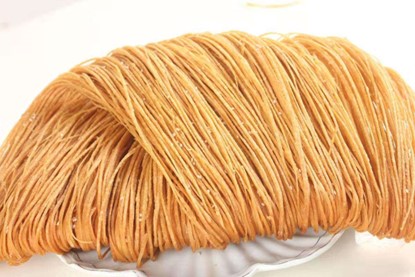
It is made into steamed buns, noodles, oil, and deep-fried noodles.
20、Buyi’s five-colored flower rice
The Buyi are a large minority group in southwest China.
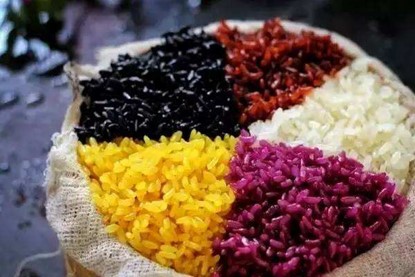
The Buyi people are very hospitable, and it is a special feature that they use various plant pigments such as maple leaves to dye glutinous rice into colorful colors to make flower glutinous rice for their guests and friends during the Maple Leaf Festival on February 3 (or March 13) every year. Traditional snacks include pea noodles, cold rice cakes, rice noodles, bait pieces, and so on.
21、Daur’s Ermi Rice
The Daur ethnic group is mainly found in the Inner Mongolia Autonomous Region and Heilongjiang Province, with a few living in the Tacheng region of Xinjiang.
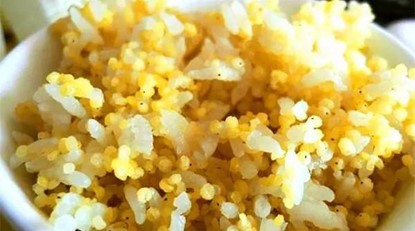
The representative food of the Daur is “Ermi Rice”, which is a mixture of buckwheat rice and millet or jizi rice.
22、De’ang chicken stew with sour bamboo shoots
The Deang is one of the oldest ethnic groups living on the southwest frontier, mainly on the west bank of the Nujiang River.
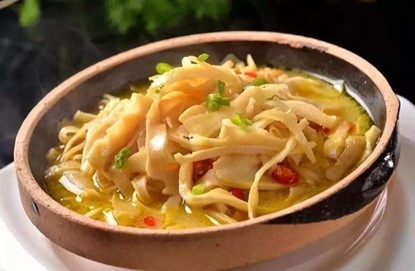
The representative ingredient of the Deang is sour bamboo shoots, which are used as a condiment when stewing chicken, stir-frying meat, or cooking fish.
- Stacked lamb of the Dongxiang
The Dongxiang are a fusion of many different ethnic components living together in Dongxiang, mainly Hui and Mongolians of the Islamic faith. Most of them live in the Dongxiang Autonomous County area of Gansu.
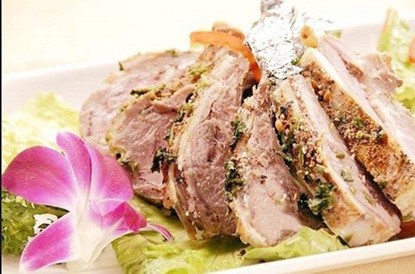
The representative food of the Dongxiang is stacked lamb, and the locals are also good at making stacked lamb into a clear lamb soup, which is delicious, nourishing and nutritious, and suitable for both young and old.
- Dong raw pickles of the Dong ethnic group
The Dong people are mainly found in Guizhou, Hunan, and other places. The Dong people have their own language.
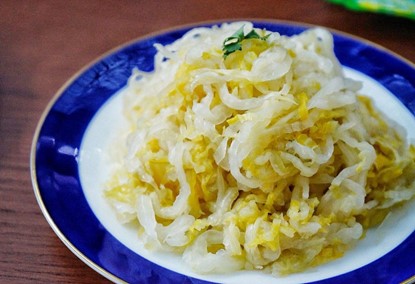
The main Dong dishes are mainly sour and include sour cucumber, sour radish, sour knife beans, sour fern, etc.
- The Dulong bee pupa
The Dulong people are mainly found in the Dulong River Valley in Gunshan, Yunnan Province.
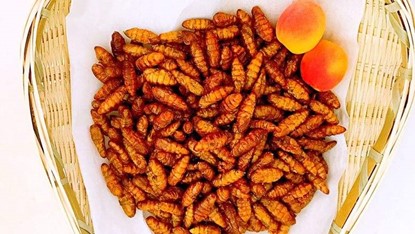
The representative food of the Dulong people is bee pupae. Other foods include roast wine stewed chicken, jimmy, boiled taro, etc.
26、Russian baked bread
The Russian ethnic group is mainly found in the Xinjiang region of China.
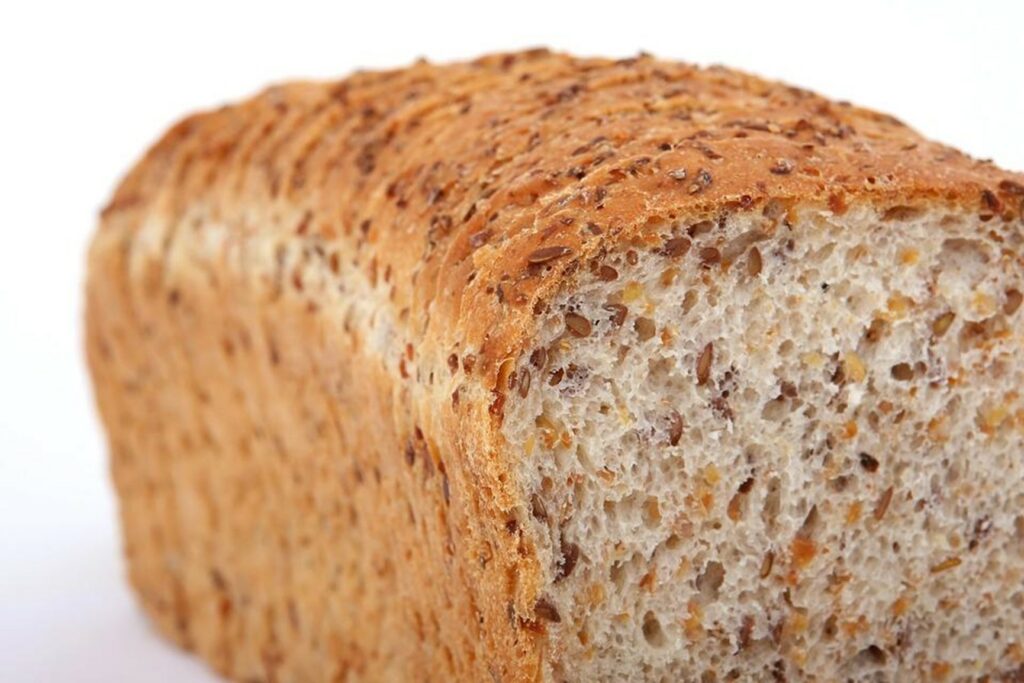
Representative foods of the Russian ethnic group are baked bread and homemade beer.
27、Hani bamboo chicken
The Hani people are mainly found in southwest Yunnan.
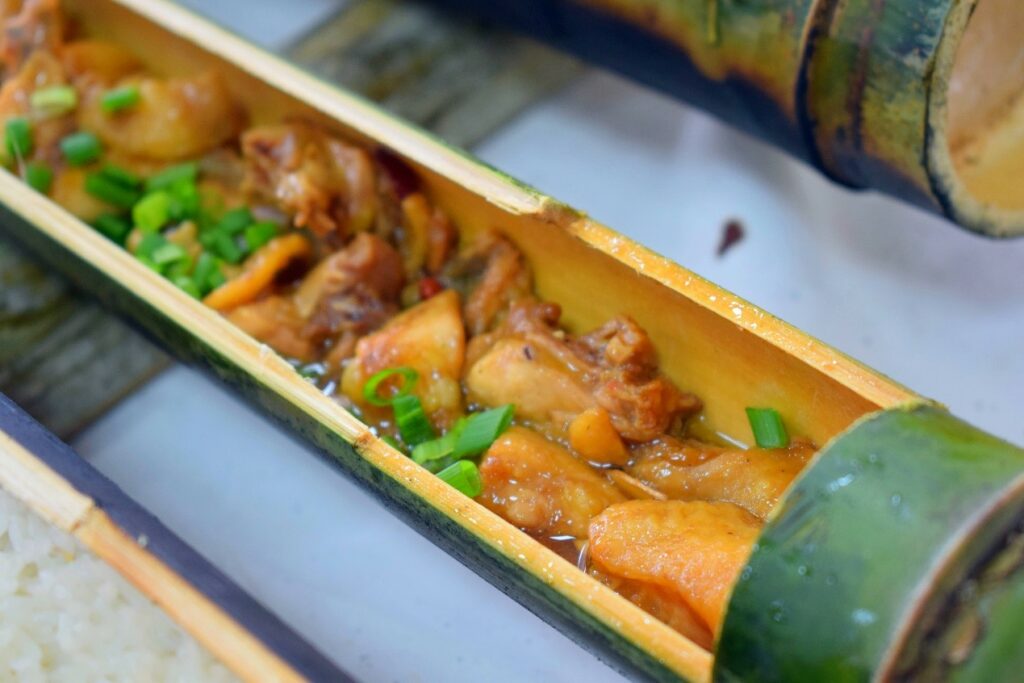
The representative foods of the Hani people are bamboo chicken, violently pickled plantain hearts, stir-fried muntjac meat with sour bamboo shoots, raw fried bamboo worms, bee pupa sauce, etc.
28、Kazakh Naren
The Kazakhs are mainly found in the northern part of the Tian Shan Mountains.
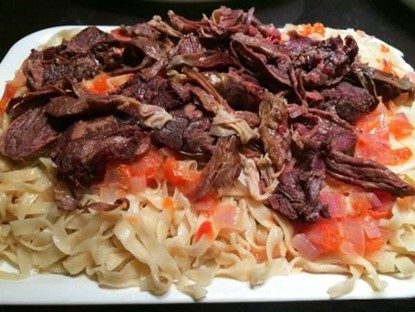
The main foods include noodles, milk lumps, milk tofu, crispy cheese, beef, lamb, horse meat, cream, ghee, etc. Representative foods include milk lumps, frozen meat, and horse milk.
- Banana meat of the Keno people
The Kinuo are mainly found in and around Kinuo Township, Jinghong County, Xishuangbanna Dai Autonomous Prefecture, Yunnan Province.
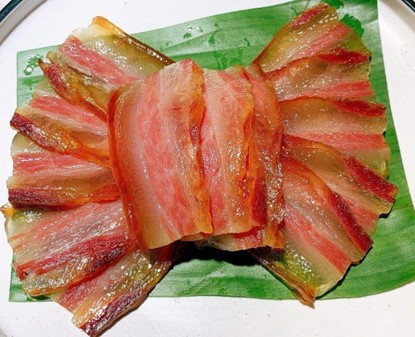
The Kinuo mainly eat good and new rice, and stale rice is mainly fed to livestock or made into roasted wine. Representative foods include plantain meat, whole meat strips, and fried sweeper worms.
30、Catfish juice of the Jing tribe
The Jing mainly lives on the three small islands of Spreading Tail, Wutou, and Shanxi in Jiangping Township, Fangcheng Autonomous County, Guangxi Zhuang Autonomous Region.
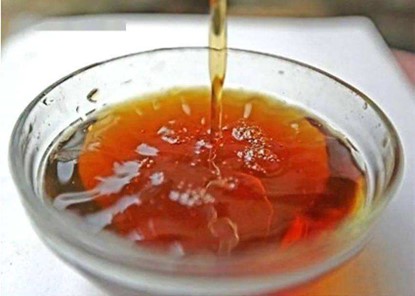
The main food is fish and prawns, which are often made into fish juice as a condiment for every meal. Fish juice, also known as “catfish juice”, is made from a variety of small fish that have been marinated.
- Bamboo rat stew in a casserole of the Jingpo people
The Jingpo people are mainly found in the mountainous areas of the counties of Dehong Dai Jingpo Autonomous Prefecture in Yunnan Province.
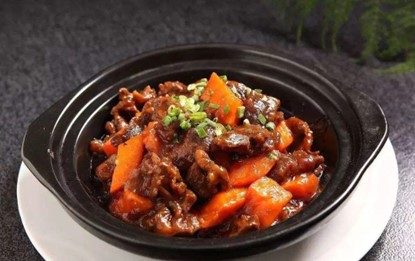
Their representative foods include stewed bamboo rats in casseroles, baked fish in bamboo tubes, and pounded eels.
- Kirgiz’s grilled rice
The Kirgiz people are mainly found in the Kizilsu Kirgiz Autonomous Prefecture in southern Xinjiang.
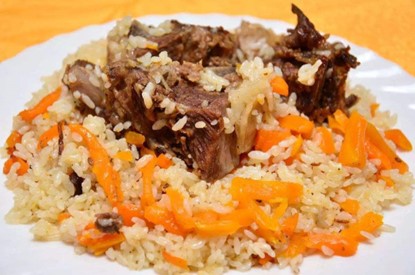
The main foods of the Kirgiz people include grilled rice, mixed noodles, flower rolls, naan, pot stickers, oil naan, fried noodle pieces, fried fruit, pancakes, oil cakes, milk skin noodle pieces, fried lumps, baked buns, dumplings, oil deep-fried noodles, creamy thin rice, etc.
- Lahu grilled meat of the Lahu ethnic group
The Lahu people are mainly found in the Menglian, Shuangjiang, Lancang, Menghai, and Ximeng regions in southern Yunnan Province.
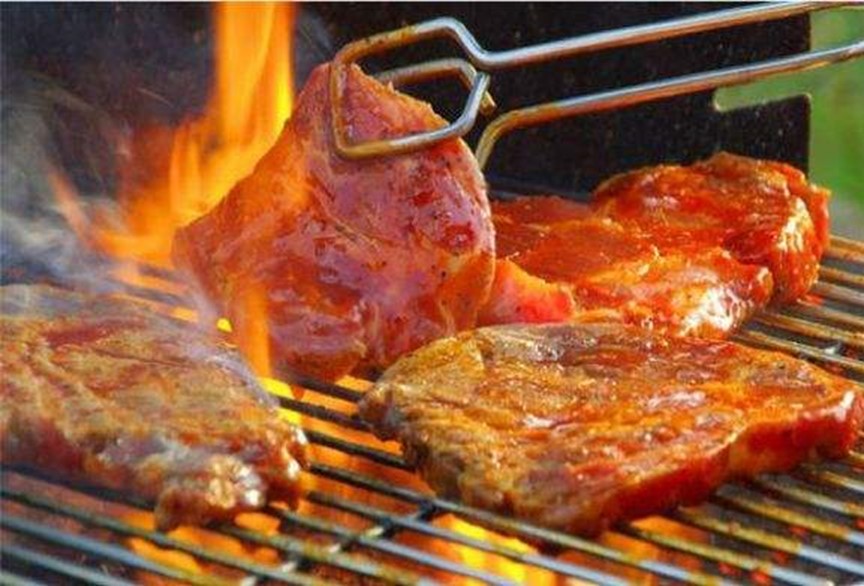
The representative food of the Lahu has mainly roasted meat, which is roasted over a fire or wrapped in banana leaves and buried in the fire.
- The bamboo rice of the Li people
The Li people live mainly in areas such as Tong Shi town on Hainan Island.
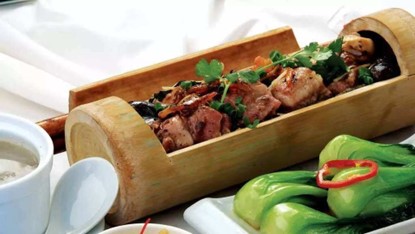
The main representative food of the Li people in Hainan is bamboo rice, which is cooked in fresh bamboo tubes filled with rice and seasonings.
35、The barbecue of the Lopas
The Lhoba ethnic group is mainly found in southeastern Tibet, Lhoba.

Barbecuing is one of the main ways in which the Lhoba process their food. Both vegetarian and meat foods can be grilled.
- Sachima of the Manchu people
The Manchu people are mainly found in the three eastern provinces of China.
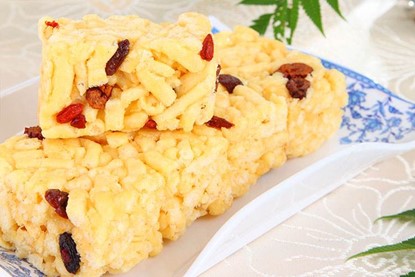
Manchu food is mainly pasta-based. “Sachima is made from eggs, sugar, sesame seeds, semolina, melon seeds, and green and red silk.
37、Sour food of the Maonan people
The Maonan people live mainly in northwestern Guangxi.
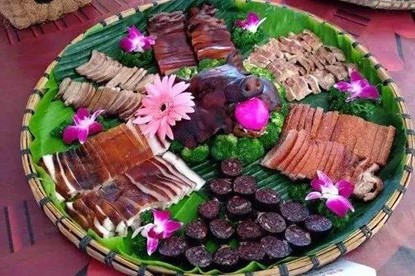
The representative food of the Maonan people is mainly sour food, and the food: snail sour, is unique.
38、Mulao pickled bean curd
The Mulao people are mainly found in the Luocheng and other county areas of Guangxi.
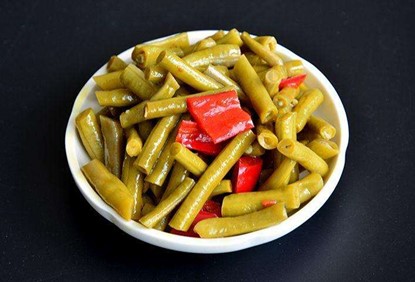
The main food of the Mulao people is mainly sour and spicy, including pickled bean curd and garlic.
- Braised Pipa Pork of the Pumi People
The Pumi is mainly found in the northwest of China.
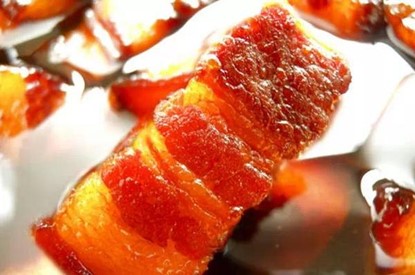
The Pumi mainly rely on livestock and poultry as their source of meat. These include: pigs, cattle, lamb, etc., and make dairy products such as ghee and latkes. Representative foods include braised pipa meat, drunken chicken, fried tomatoes with bamboo leaf vegetables, etc.
40、Qiang lamb and sliced lamb soup
The Qiang are now mainly found in the Maowen region of western Sichuan.
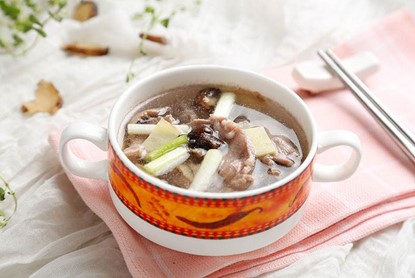
The typical Qiang food is mainly medicinal food, and typical medicinal food includes mutton with slices soup and sheep’s hometown soup.
- Salar Oil Churning Dough
The Salar people live mainly in the Zunhua region of Qinghai province, which is situated along the Yellow River.
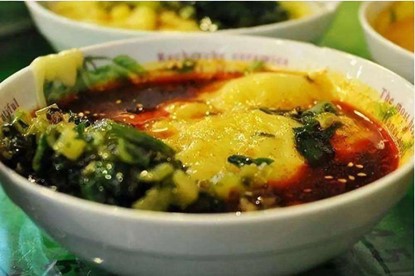
The representative food is oil dumplings, made of vegetable oil and flour.
- Stuffed tofu of the She (she) people
The She is mainly found in Fuan in Fujian, Jingning in Zhejiang, Guangdong, Jiangxi, Anhui, and other areas.
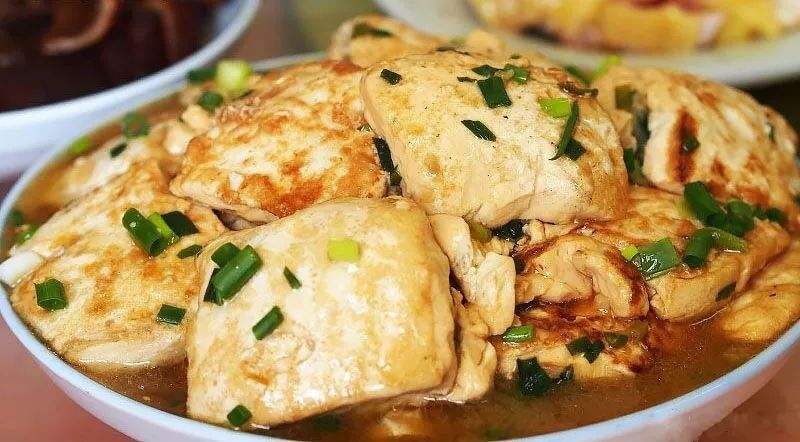
then The representative food of the She is “stuffed tofu”.
- Fish wrapped in leeks of the Shui ethnic group
The Shui people are mainly found in the Lingnan region and the southeast coastal areas.
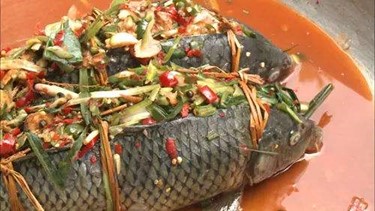
and The representative food of the Shui people is a sour soup, including spicy sour (made of chilies), mao spicy sour (made of tomatoes), and many others.
- Tajik hand-held mutton
The Tajiks are mainly found in Tashkurgan Tajik Autonomous County in Xinjiang, with the rest in the Shandong, Zepu, Yecheng, and Pishan county areas.
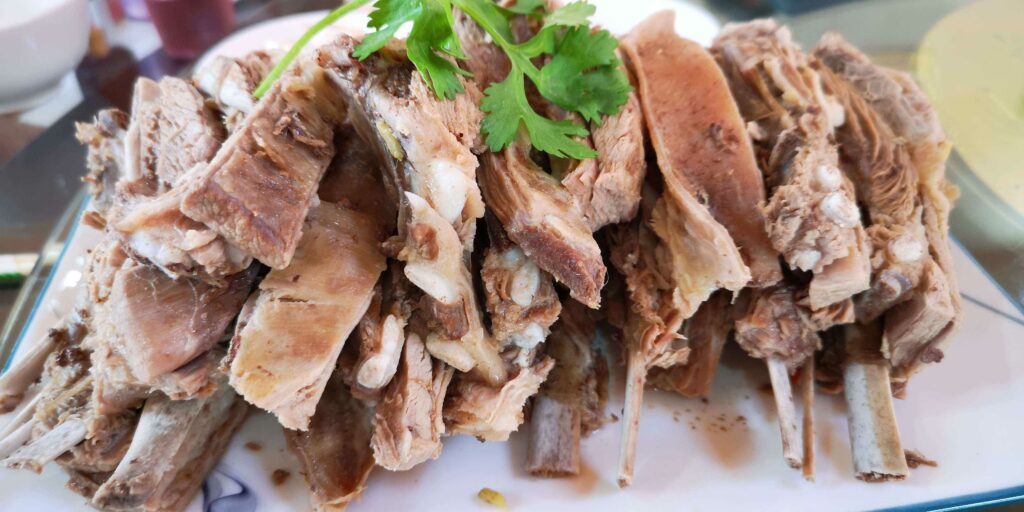
Well, The representative food of the Tajiks is mainly meat: the meat is cooked and then dipped in salt, which is considered to be the original soup and the original taste.
45、Tatar Gubaidi’e
The Tatar people are mainly found in the Yining, Tacheng, and Urumqi regions of Xinjiang.
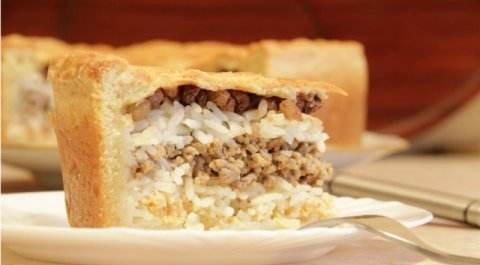
The Tatar are good at making various kinds of cakes, such as “gabardine”, which are made from flour, rice, cheese, eggs, cream, sultanas, and dried apricots, and are famous in Xinjiang for their crispy exterior and soft interior.
46、Turkish patties and bacon
The Tujia are mainly found in Hunan, Hubei, Guizhou, and Sichuan Provinces.
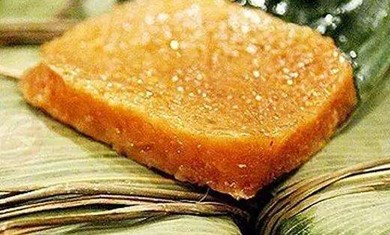
The main representative foods of the Tujia people are patties and preserved meat, oil tea, Chinese cabbage, deep-fried noodles, rice noodles, and fried patties.
- Gelao (gē lǎo zú) buckled meat base dish
Mainly found in the Miao Autonomous County of Guizhou Province and the Daochen Gelao Miao Autonomous County.
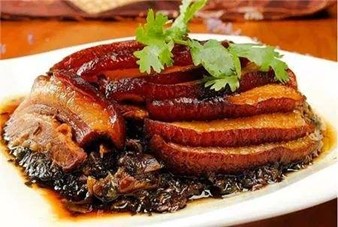
The main dishes of the Gelao are sour and pickled vegetables, a mixture of bok choy, chilies, garlic, and ginger, and pickled toon, made from toon sprouts, etc.
48、Halihai of the Tu ethnic group
The Tu ethnic group is mainly found in the Mutual, Minhe, and Datong areas of Qinghai Province.
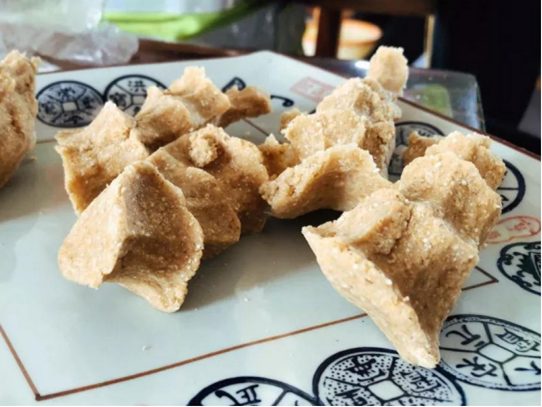
The representative foods are halihai, tuhuri, garenmai, roasted wheat, etc.
- Quail meat soup of the Wa
The Wa are mainly found in the southern part of the Nu Mountain range in the west and southwest of Yunnan Province, west of the Lancang River, and east of the Nu River.
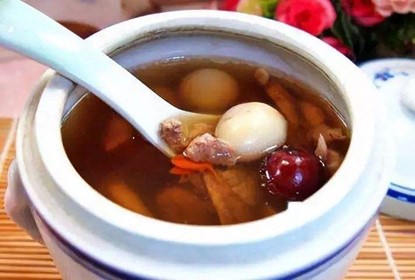
All men, women, and children eat chilies, and there is a saying that “you can’t eat without chilies”.
- Uyghur kebabs
The Uighur people live mainly in the area south of the Tianshan Mountains in the Xinjiang Uighur Autonomous Region.
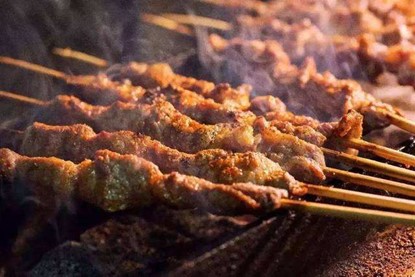
The Uyghurs love to eat naan, grilled rice, buns, and noodles, and there are many famous dishes and snacks, such as roasted whole lamb, hand-held lamb, parmudin, thin-skinned buns, and grilled lamb skewers, as well as oil deep-fried noodles, halwa, haggis, quality, and roasted pumpkin.
- Rice sausage of Uzbek people
The Uzbeks are mainly found in the Xinjiang Uyghur Autonomous Region.
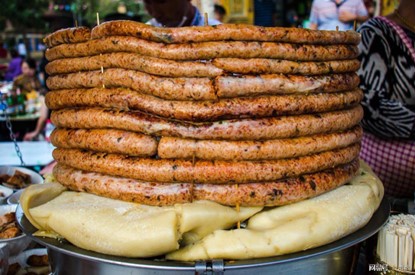
Rice intestines and noodles and lungs are traditional snacks loved by the Uzbeks and are finely prepared.
- Spicy jars of the Xibe people
The Xibe people are mainly found in Xinjiang and the northeast, with a scattering in eastern Inner Mongolia and the Nengjiang River valley in Heilongjiang province.
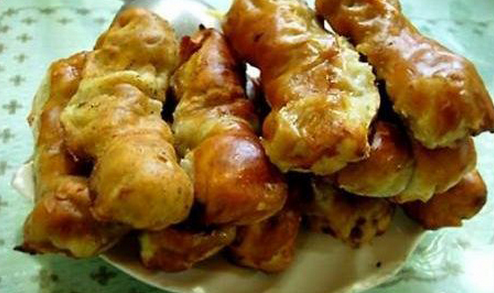
Spicy jars are a unique dish for the Xibe people. Usually, the meat is chopped, the long chilies are cut into 2cm sections to remove the spicy tendons, then the meat is stuffed, hung in batter, and deep-fried to a golden color, and served on a plate.
53、Yao Ho-Bao Za
The Yao are typical mountainous people in southern China. The Yao call themselves “Mian”, “Jinmen”, “Bunu”, “Laja”, “Bingdoyu” and so on. “There are more than 30 different names for the Yao, depending on their economic life, area of residence, and clothing.
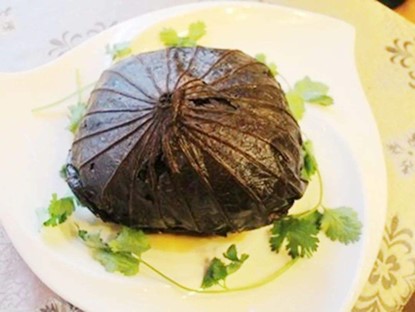
With a large population and a wide distribution, the Yao have unique flavors of food in all parts of the country, typical of which are: oil tea, zongba, and lotus Hunza.
54、Yugu burnt shells
The August live in the Sunan area of the Hexi Corridor in Gansu Province, with the rest living in the Huangnibao area of Jiuquan. The Augusts call themselves “Yaohuer” and “Liangla Yuguer”.
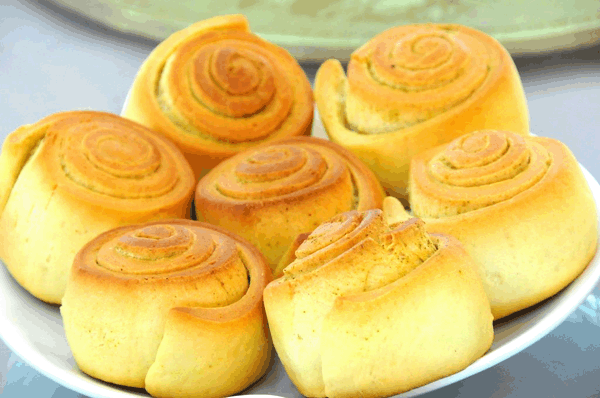
The milk products of the Yugus are mainly made from yak, cow, and goat milk, including sweet milk, sour milk, milk skins, ghee and quota. The pastry delicacy burnt shells are very special.
- Boiled suckling pig in the white water of the Yi people
The Yi people are found in Yunnan, Sichuan, Guizhou, and Guangxi Zhuang Autonomous Regions.

Their specialties include buckwheat baba, battered pickled pork, and boiled suckling pig in white water.
- The eight Han Chinese cuisines
The Han people are the main ethnic group in China. The word “Han” originally referred to the sky and the Milky Way, and the poem “The Book of Songs” reads: “There is Han in the sky”. The Han Chinese are known as the “Han people”, which began in the Han Dynasty. The Han people have a long and unbroken history and are the most populous people in the world.


